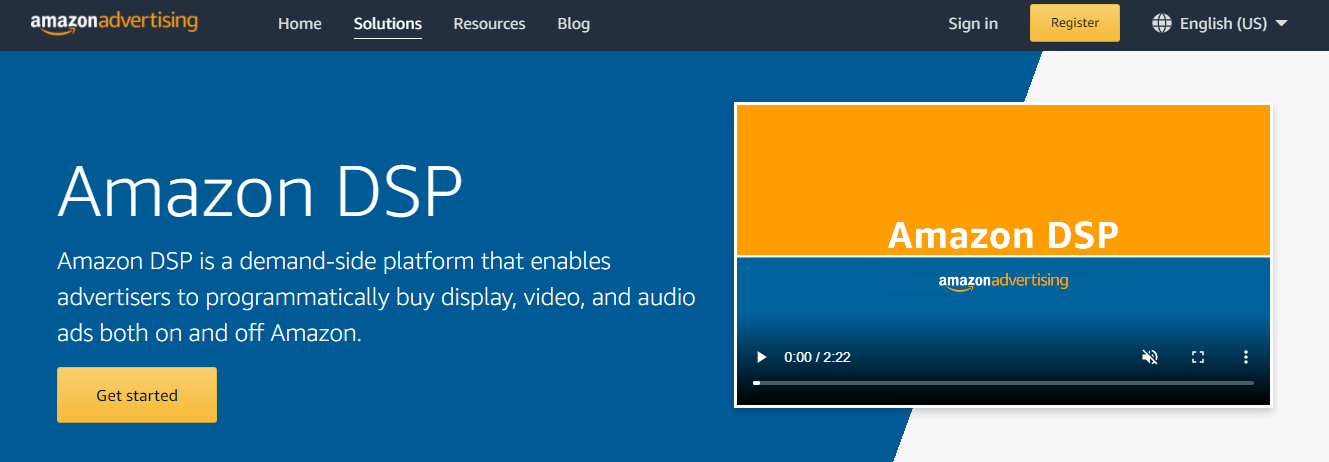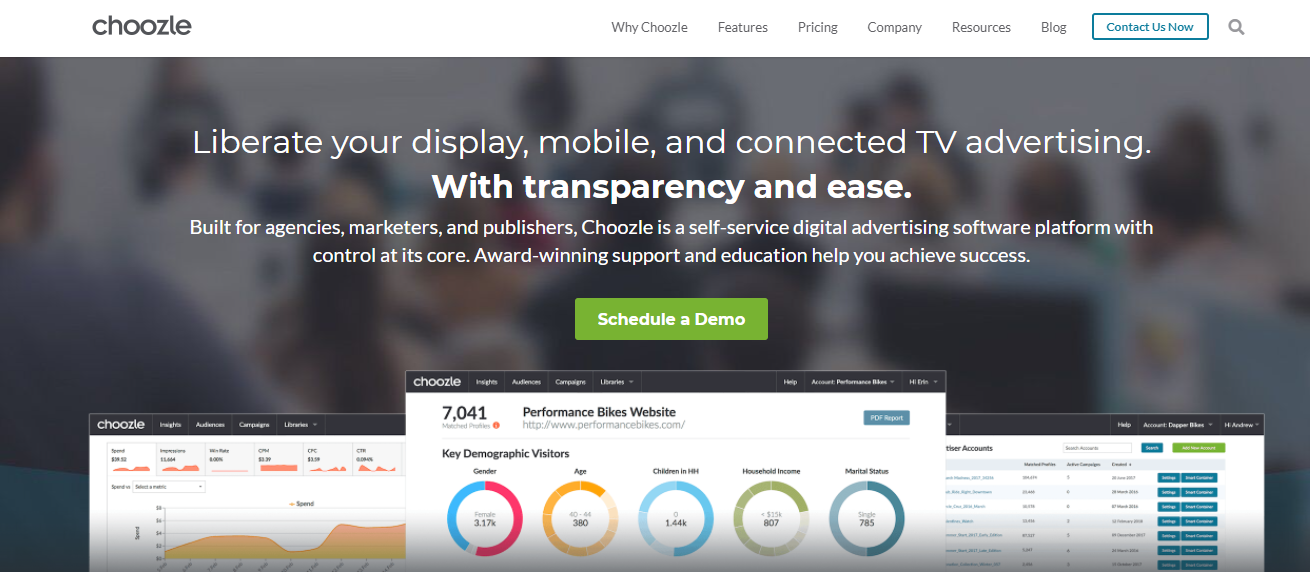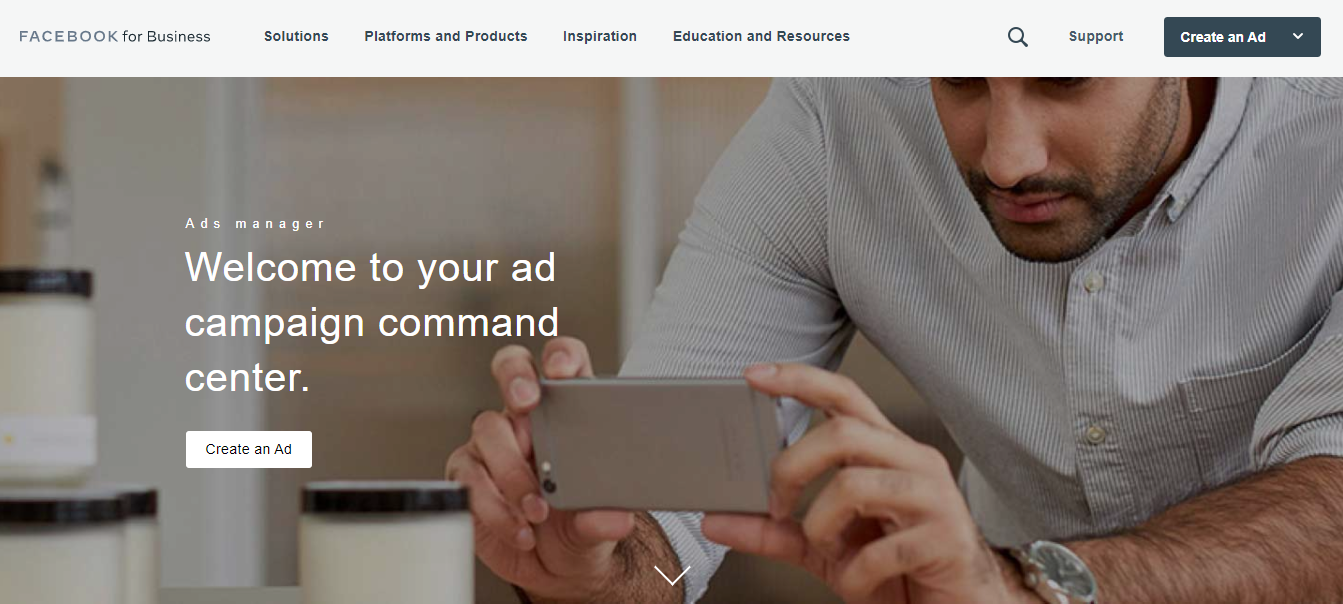A demand-side platform (DSP) is a platform that empowers companies to buy advertising inventory and manage it by using one interface. It helps control multiple ads in real time, monitor, and improve their performance.
Companies try to optimize their advertising processes to reach their target audience properly and get the desired result. The process of buying and selling ads has become even easier with the help of DSP. In this article, we’ll unveil how a demand-side platform operates, discover the difference between a DSP and a supply-side platform (SSP), and see several examples.
How does a demand-side platform work?
If you implement demand-side platforms, you don’t need to pass through some additional independent networks since these platforms operate without their help. For example, in case you leverage Facebook Ads Manager, you can buy impressions directly on Instagram or Facebook.
DSPs allow media buyers to purchase display, audio, and video ads, analyze, and manage them on various networks by using a single platform. First of all, platforms provide ad buyers with information about ad purchases from a publisher.
The systems don’t imply buying ads directly from publishers or owning them. Companies should be aware of the fact that DSPs connect with SSPs via ad exchange to decide on the details of an impression. DSP has to bid higher for the impression if it’s a marketing manager who has already visited a company’s website.
Now let’s make the difference between DSPs and SSPs clear.
What is the difference between a demand-side platform and a supply-side platform?
The key difference between a DSP and an SSP is that they network with the different parts of the programmatic ecosystem. The first service is leveraged by companies, agencies, and publishers to manage the purchasing process of ads. Using a DSP enables companies to reach different publishers from a single platform. The second platform is used to optimize the selling process of ad space. With an SSP, ad sellers can reach a bigger number of buyers through different ad exchanges.
Now let’s jump into several examples.
Examples of Demand-Side Platforms
- Amazon Advertising Platform
- Choozle
- Facebook Ads Manager
If agencies, publishers, and brands manage campaigns through different networks, DSPs help control everything by using a single dashboard. This is one of the reasons many brands turned to the following platforms for help.
Amazon Advertising Platform
As an advertiser, you would probably like to reach new audiences and obtain more customers. With Amazon DSP, you have a great chance to buy advertising at scale on Amazon and other websites to reach people worldwide.

Choozle
With Choozle, you don’t need to worry about campaigns at scale because you can run them smoothly. Businesses can easily optimize their digital advertising with the help of the service. You can access targeting tools to optimize your digital advertising and evaluate its performance on Choozle.

Facebook Ads Manager
Open Facebook for business to explore Facebook Ads Manager, a typical example of a DSP. It allows companies and individuals to run ads on Facebook, Instagram, and Messenger. The service empowers advertisers to monitor the performance of their marketing campaigns and figure out the improvements to be made.

To put it simply, DSPs allow businesses to simplify the process of negotiations between buyers and sellers of ads. As a result, advertisers can choose and purchase advertising inventory on a single platform. The service also empowers companies to monitor the results of each campaign by providing companies with reports and analytics.
Last Updated: 22.03.2023

or